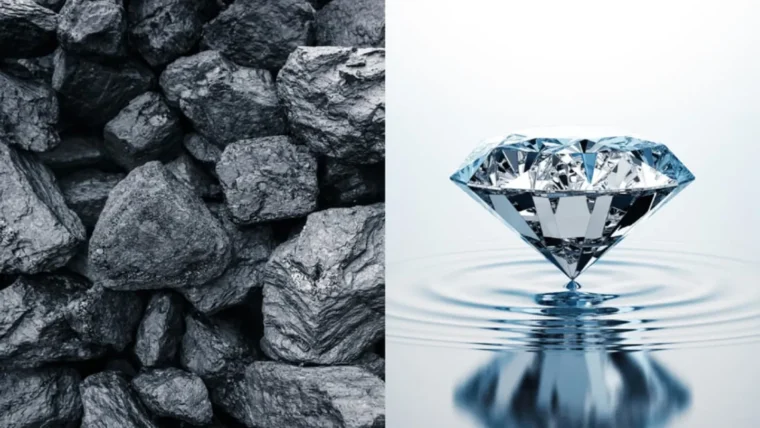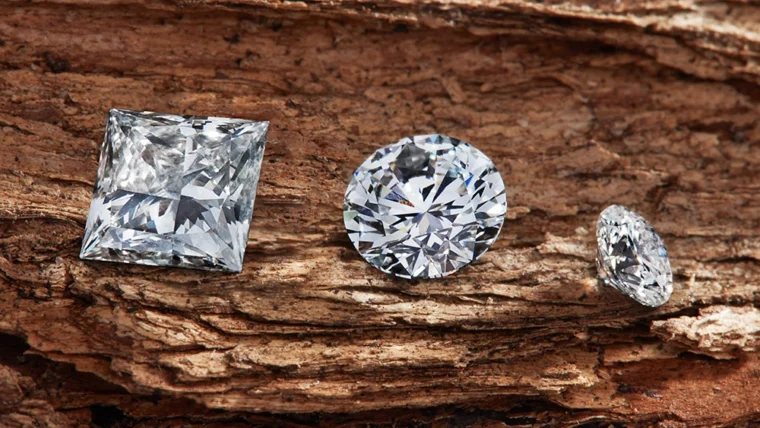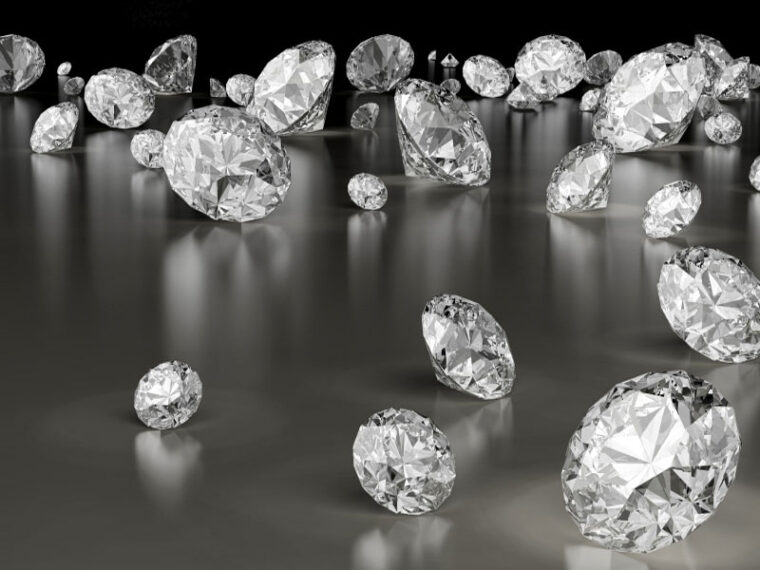Diamonds are one of the most sought-after gemstones in the world, prized for their dazzling brilliance and durability. However, the process of mining them can be environmentally damaging and socially controversial. In recent years, lab-created ones have become a popular alternative, offering the same beauty and quality without the ethical concerns. But how are these man-made diamonds created, and what makes them a desirable choice for consumers?

The process of creating lab-grown diamonds begins with a tiny piece of natural one, called a diamond seed. This seed is placed in a chamber, along with a carbon source and a small amount of metal catalyst. The chamber is then subjected to extremely high temperatures and pressures, mimicking the conditions deep within the Earth where natural ones are formed. Over the course of several weeks, the carbon atoms in the chamber slowly bond together, layer by layer, forming a diamond crystal around the seed.
One of the main advantages of lab-created diamonds is their environmental impact. Traditional mining can involve destructive practices such as open-pit mining, which can cause habitat destruction and soil erosion. Additionally, mining them can result in significant carbon emissions, as heavy machinery and transportation contribute to greenhouse gas emissions. By contrast, the process of creating man made diamonds in a lab is much more environmentally friendly. The energy used to create them comes primarily from renewable sources such as hydroelectric power, making them a more sustainable option for eco-conscious consumers.

Another benefit is their ethical sourcing. Many consumers are concerned about the social and human rights issues associated with traditional mining, such as worker exploitation and conflict diamonds. Man-made diamonds offer a conflict-free alternative, as they are created without the need for any mining activities. Additionally, the lab-grown industry is closely regulated to ensure that workers are treated fairly and that environmental standards are upheld.
Despite these advantages, there are still some misconceptions about lab-created diamonds.
One common misconception is that they are not as valuable as natural ones. However, they are just as real as their natural counterparts, with the same chemical and physical properties. In fact, some experts argue that lab-grown diamonds may be even more valuable than natural ones, as they are a more sustainable and ethical choice.
Another misconception is that they lack the unique beauty and character of natural ones. However, lab-grown diamonds can be produced in a wide range of colors and shapes, just like natural ones. Additionally, many consumers appreciate the fact that they are free of the inclusions and imperfections that can sometimes be found in natural ones. This gives them a flawless appearance that is highly prized by some buyers.
Of course, there are also some challenges associated with creating lab-grown diamonds. One of the main challenges is producing larger stones, as the process of growing a crystal is a slow and painstaking one. However, as technology continues to improve, it is likely that larger and more complex diamonds will become easier and more cost-effective to produce.

Overall, the market for man-made diamonds is growing rapidly, as more consumers become aware of the benefits of this sustainable and ethical alternative to traditional mining. While natural diamonds will always have their place in the market, man-made ones offer a compelling option for those who want a beautiful and unique piece of jewelry without the environmental or social costs associated with traditional mining. So whether you prefer a classic white diamond or a bold, colorful gemstone, consider choosing a lab-created one for your next piece of jewelry.
